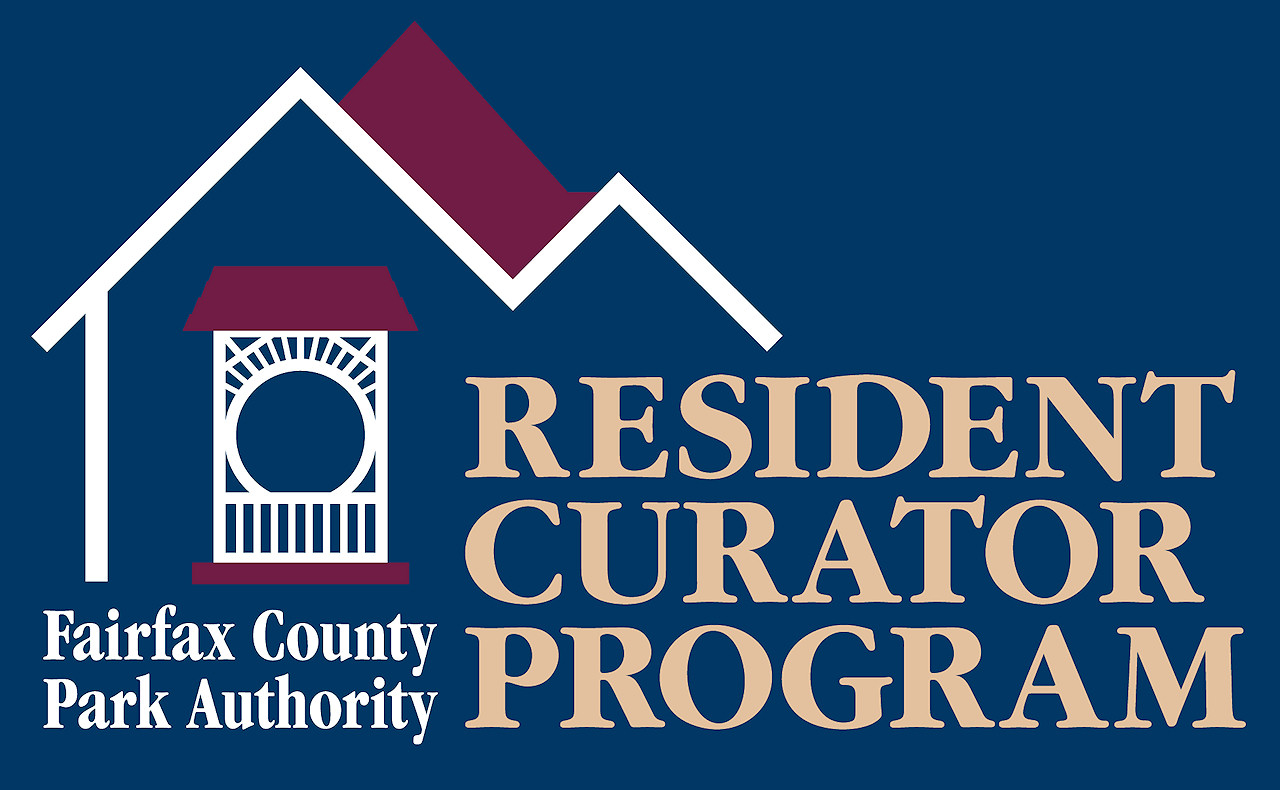Alert:

 Background Virginia Code Establishing Resident Curator Programs
Background Virginia Code Establishing Resident Curator ProgramsIn January 2011, the General Assembly amended Va. Code Ann. § 15.2-2306 authorizing localities to develop resident curator programs. The Code enables localities to create, by ordinance, "a resident curator program such that private entities through lease or other contract may be engaged to manage, preserve, maintain, or operate, including the option to reside in, any such historic area, property, lands, or estate owned or leased by the locality."
The Board of Supervisors adopted the Resident Curator Program Ordinance in 2014, establishing a Resident Curator Program in Fairfax County. This program, designed to preserve and maintain historic properties owned or leased by the County, will lease historic properties to individuals or businesses, requiring that resident curators maintain and improve the leased properties according to the Secretary of the Interior's Standards for the Treatment of Historic Properties, 36 CFR Part 68 (2013), as amended. Additionally, the curator is required to provide reasonable public access consistent with the historic property's nature and use
The objective of the Fairfax County Resident Curator Program (RCP) is the preservation of historic buildings within the county…The end goal is to rehabilitate and maintain underutilized historic properties and provide periodic public access to appreciate the historical significance of the properties.
The RCP is designed to preserve historic properties by offering long-term leases to qualified tenants who agree to rehabilitate and maintain these historic resources in accordance with established preservation standards. A curator can be a private citizen, a non-profit entity, or a for-profit entity.
Any proposed rehabilitation of these sites must meet the Secretary of the Interior's Standards for Rehabilitation, and the curator must provide reasonable public access to the property. In return, curators pay no rent as long as they continue to fulfill their contractual obligations. Curators are responsible for upkeep, property maintenance expenses, utilities, and county property taxes.
By definition, a Resident Curator Program (RCP) enables an individual, a group of individuals, or an organization, to serve as the curator of a property. Fairfax County's RCP is intended to reduce the public costs associated with the care and preservation of the properties by enabling groups or individuals to take over the responsibility. In addition to caring for the day-to-day management of the property, the curators are responsible for the rehabilitation and continued maintenance of the property. Properties that are included in the RCP have been deemed historically significant and meet established criteria of eligibility for curator.
The Fairfax County RCP allows the county to address underutilized publicly-owned historic properties by entering into long-term leases with qualified tenants who agree to rehabilitate the property in accordance with the Secretary of the Interior's Standards for the Treatment of Historic Properties, and provide ongoing maintenance and upkeep of the property for the duration of the contract.
The RCP arose to address the large number of historically significant structures deteriorating on public land. The public/private partnerships created through RCPs in other jurisdictions have provided a successful stewardship solution for these important cultural resources.
A resident curator is a contractual agreement between Fairfax County and the curator, where the curator agrees to provide the service of rehabilitation and on-going maintenance of a property in exchange for the long-term occupation of the property. A curator can be a private citizen, a non-profit entity, or a for-profit entity. The proposed rehabilitation must meet the Secretary of the Interior's Standards for the Treatment of Historic Properties, and the Curator must provide "reasonable public access" to the property.
A gross annual fair market rental amount will be established through a third party appraisal. The curator's annual estimated costs to manage and maintain the property will then be deducted from the gross annual fair market rental amount, in order to determine the curator's net annual rental obligation. The total estimated rehabilitation expenses will be divided by the net annual rental obligation to determine the length of the lease. In most cases, curators will accrue much of the rent obligation for the term through the costs of rehabilitation. No cash rent is collected during the base lease term as long as the curator continues to fulfill the obligations under the lease.
Once the rehabilitation of the property is complete, the curator can remain in the property for the length of the curator terms without paying any rent, as long as they are meeting their contractual obligations, including managing and maintaining the property . The curators are responsible for the management, maintenance, and general upkeep of the property for as long as the Curator is in force. They are also responsible for all utilities and county property taxes.
